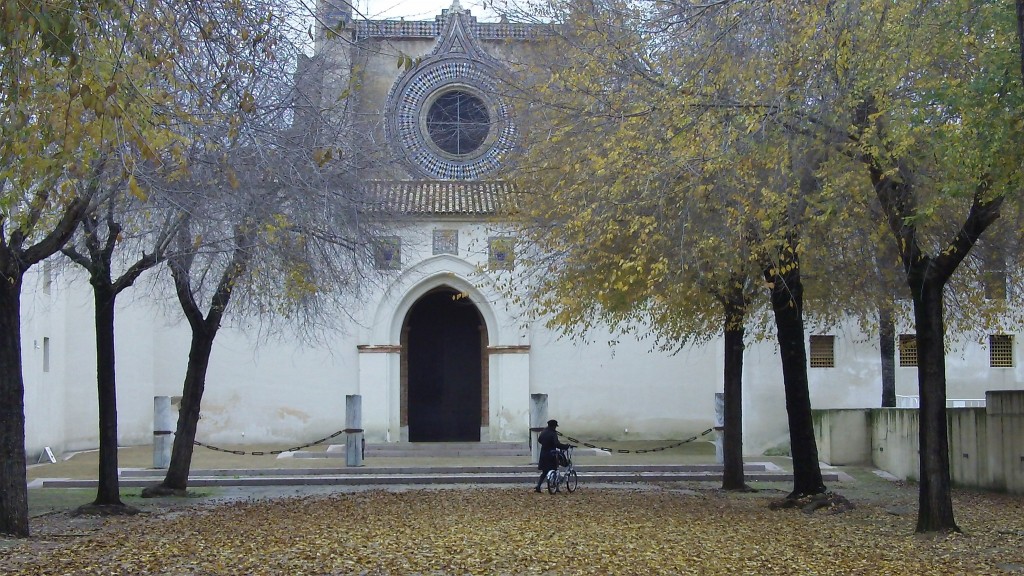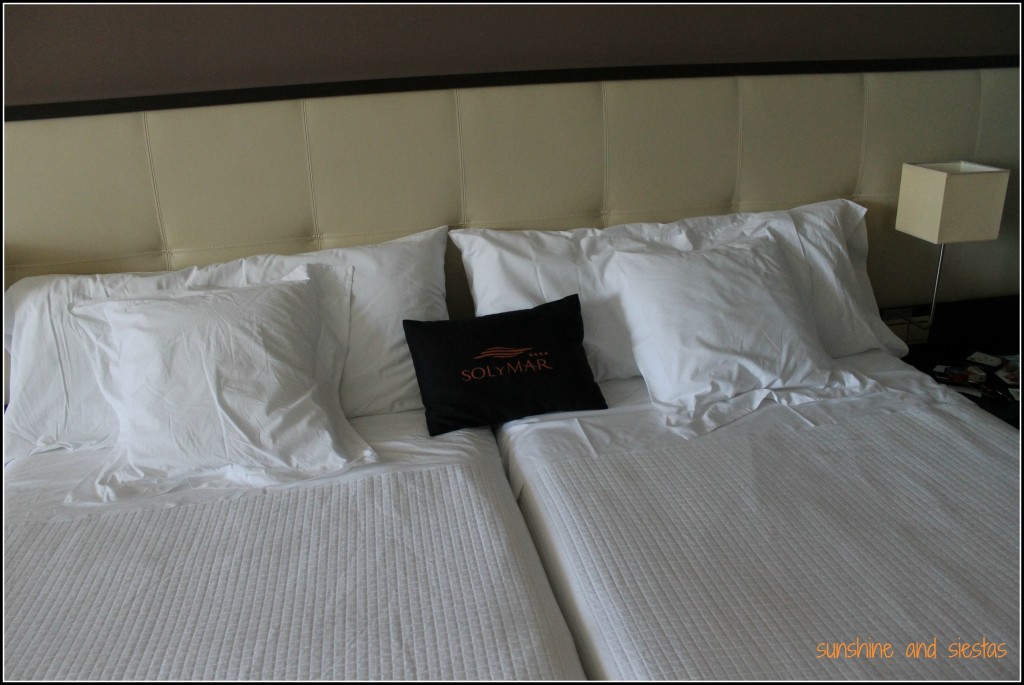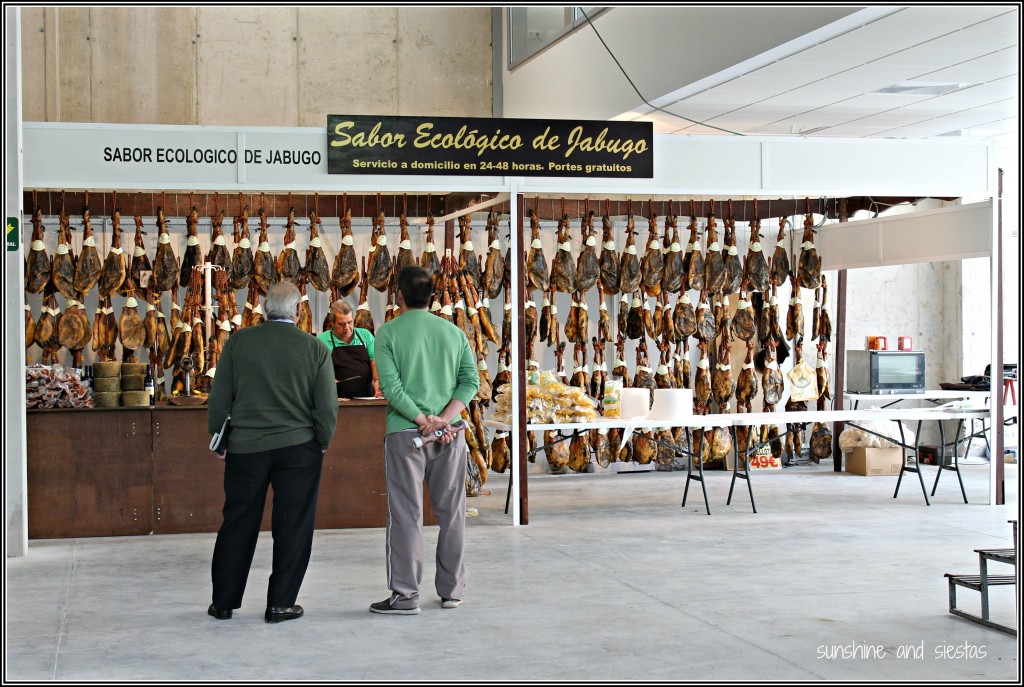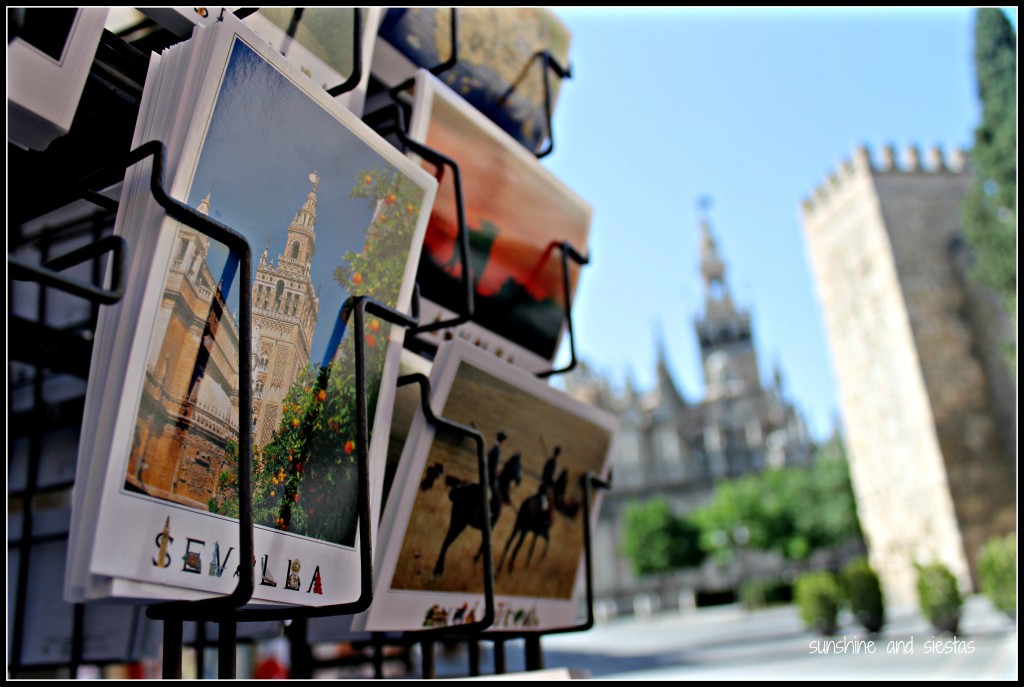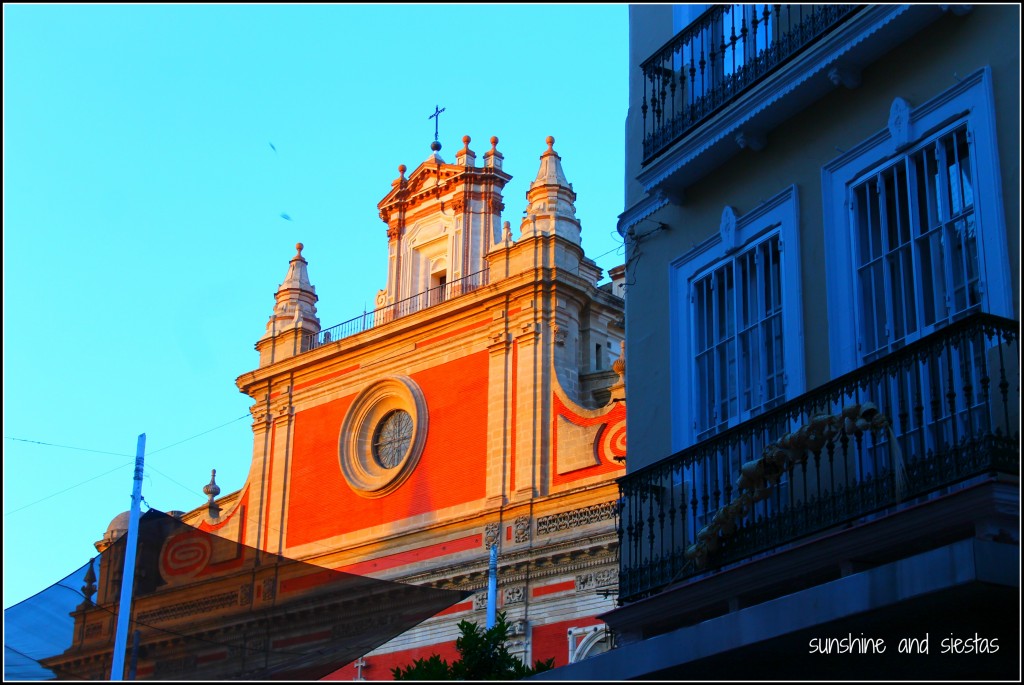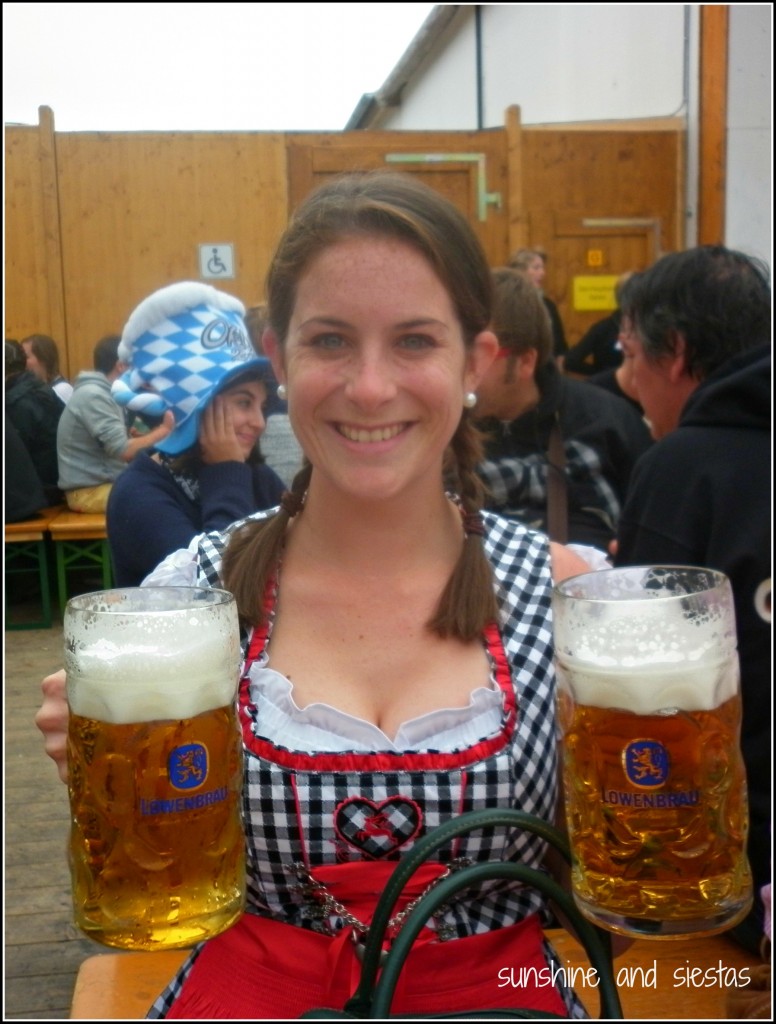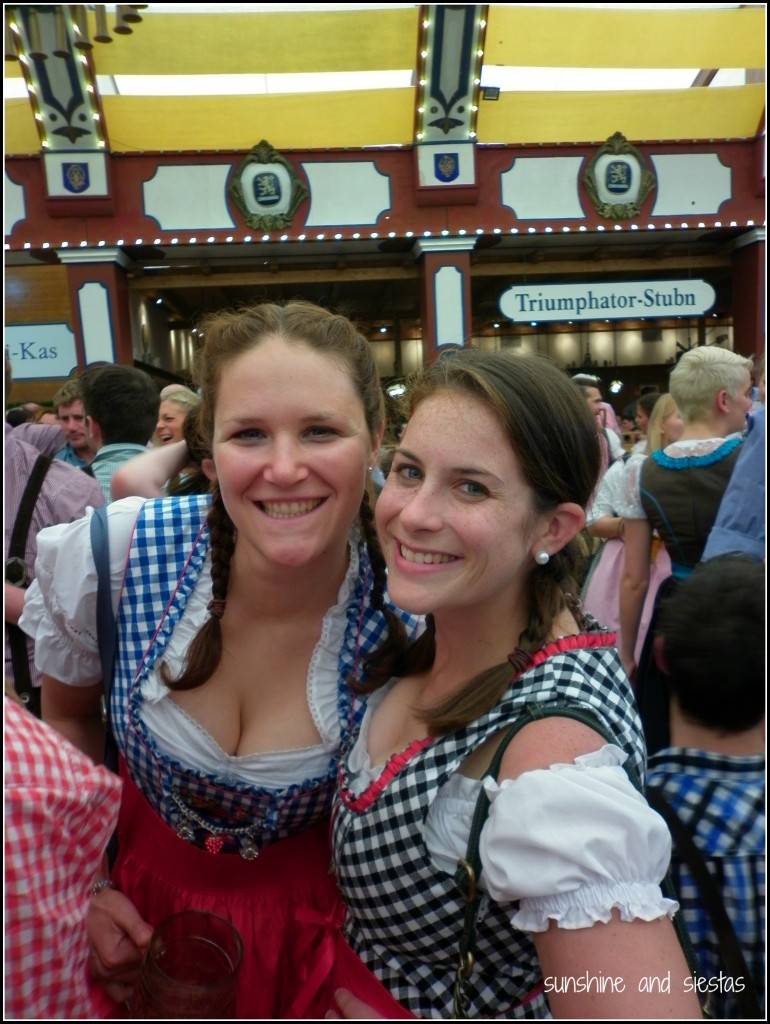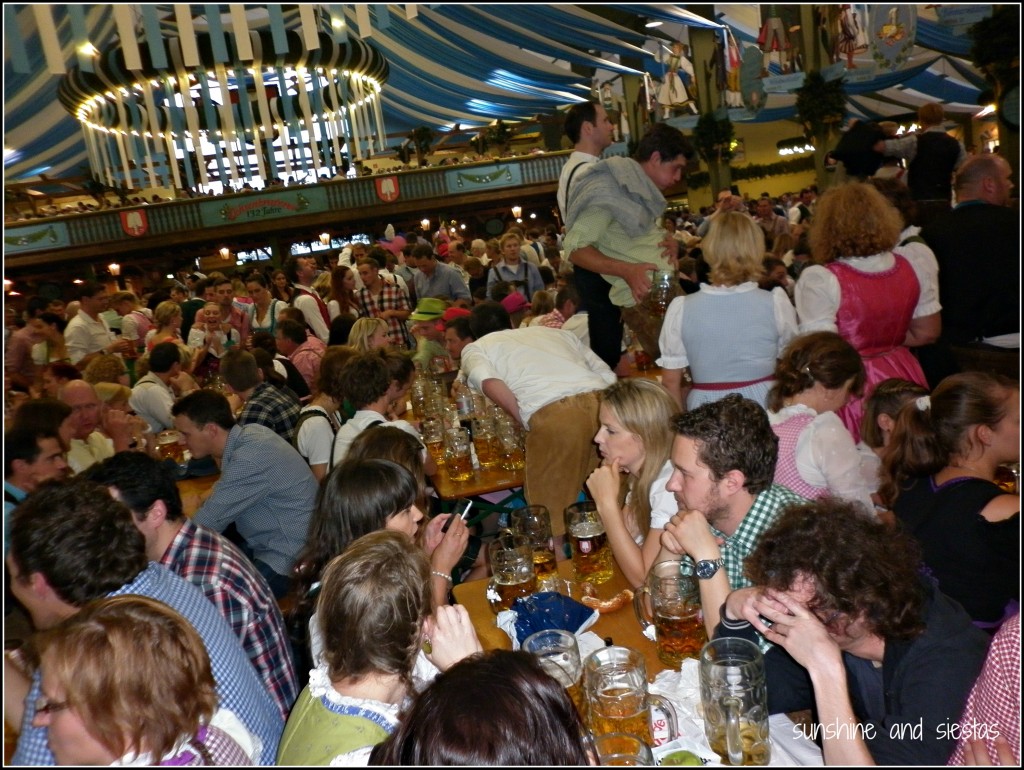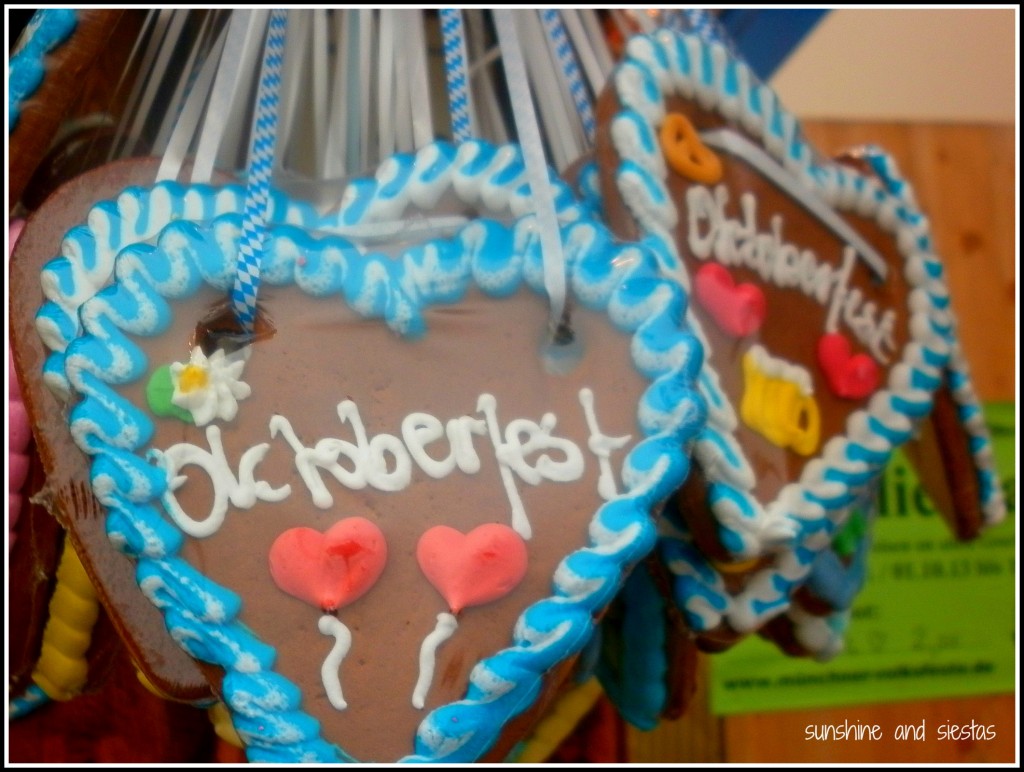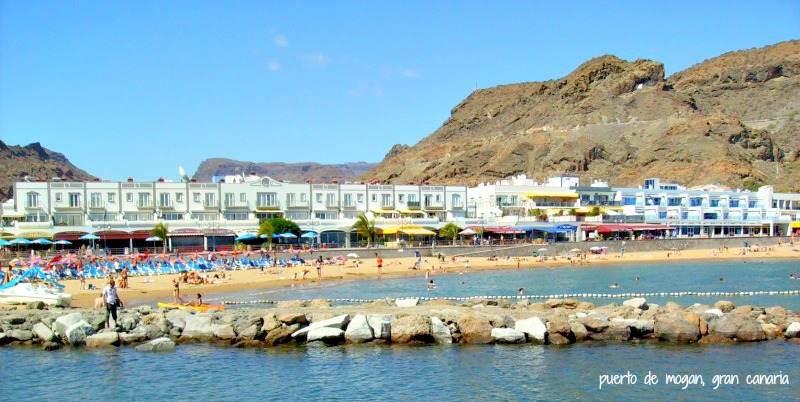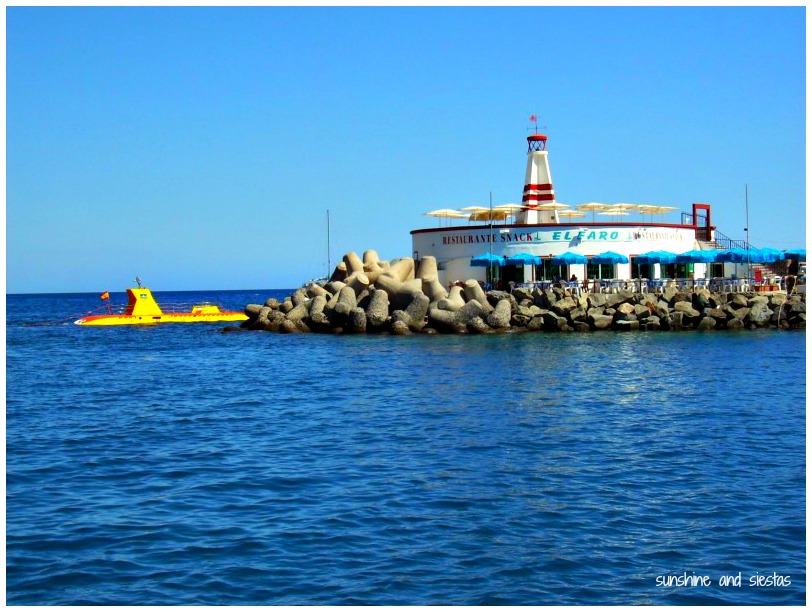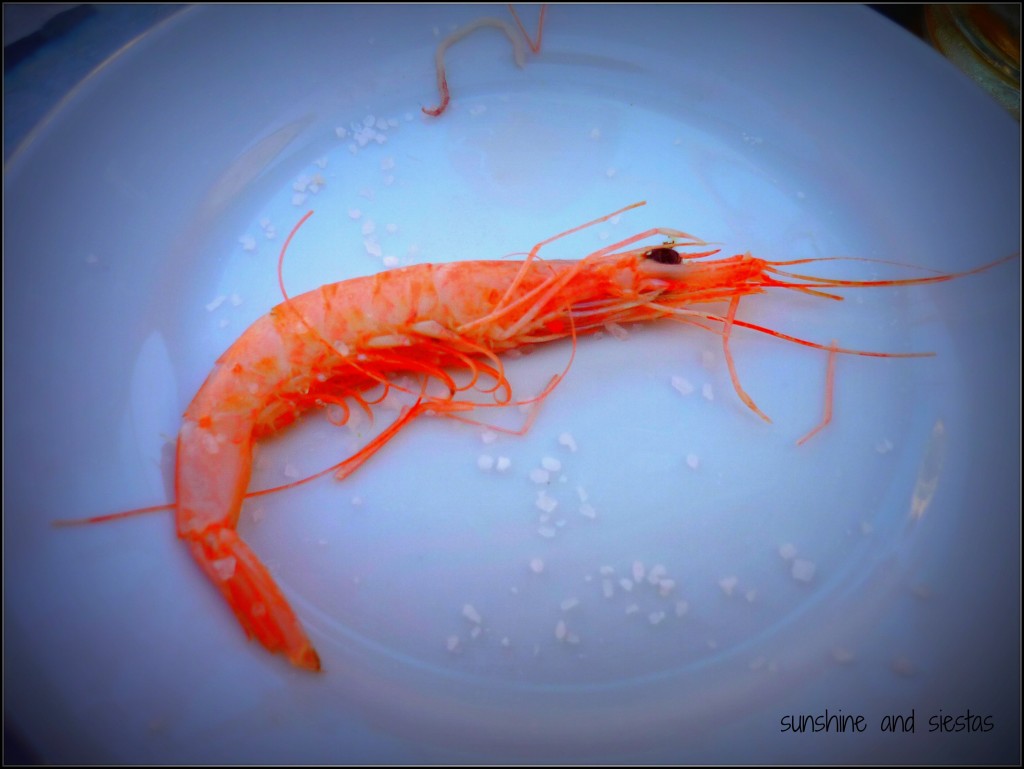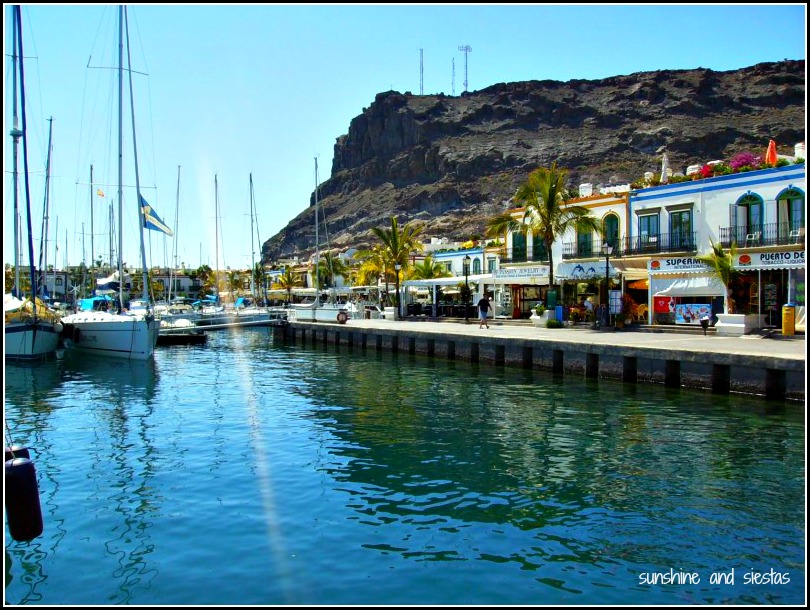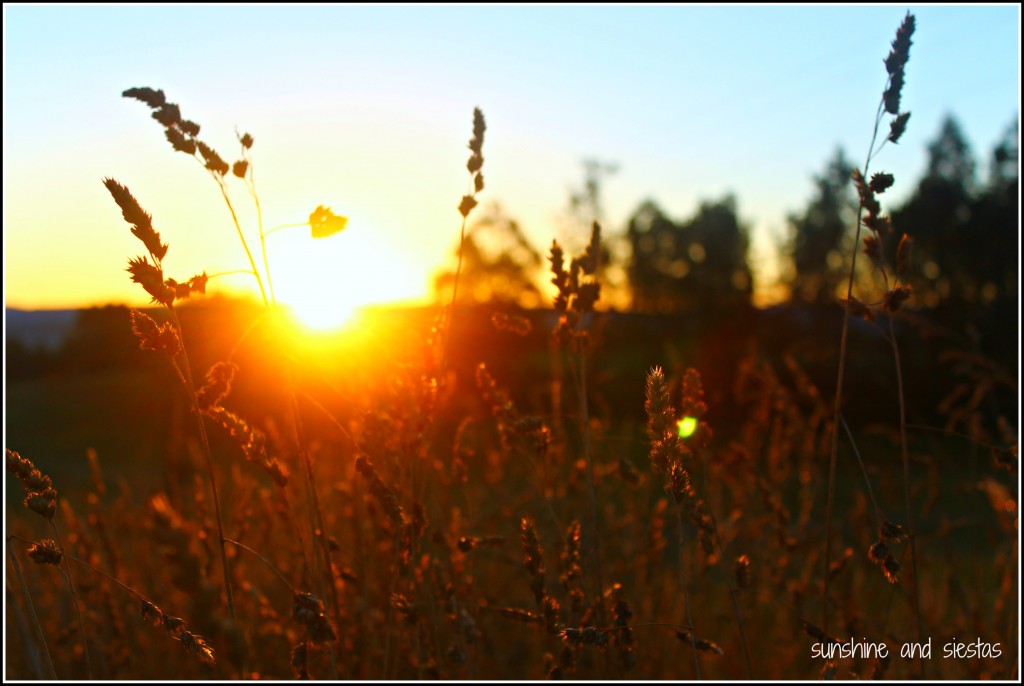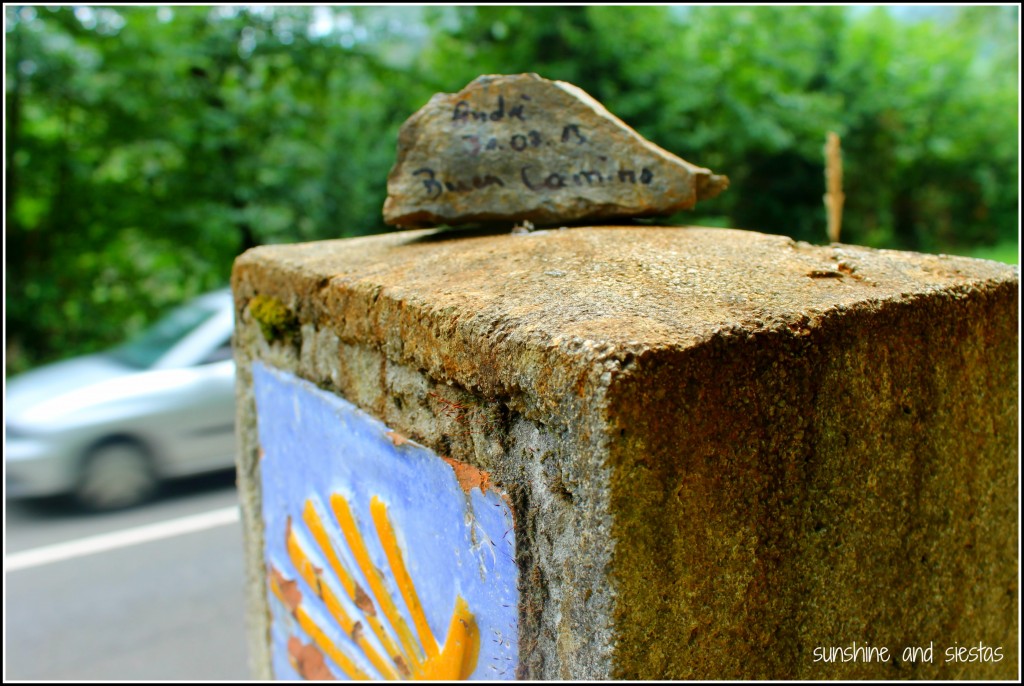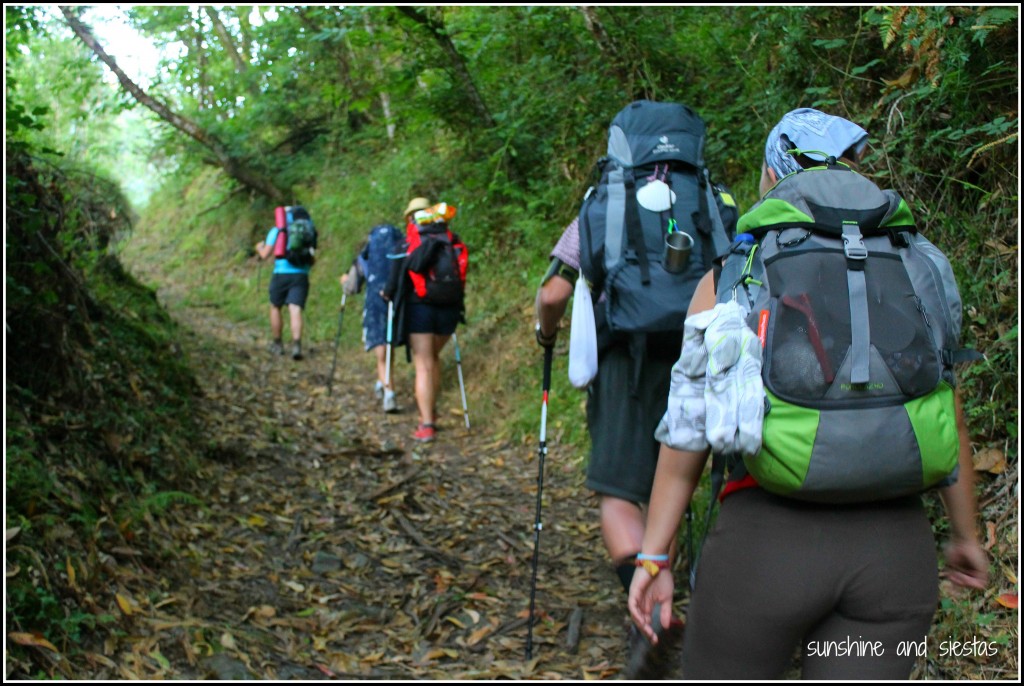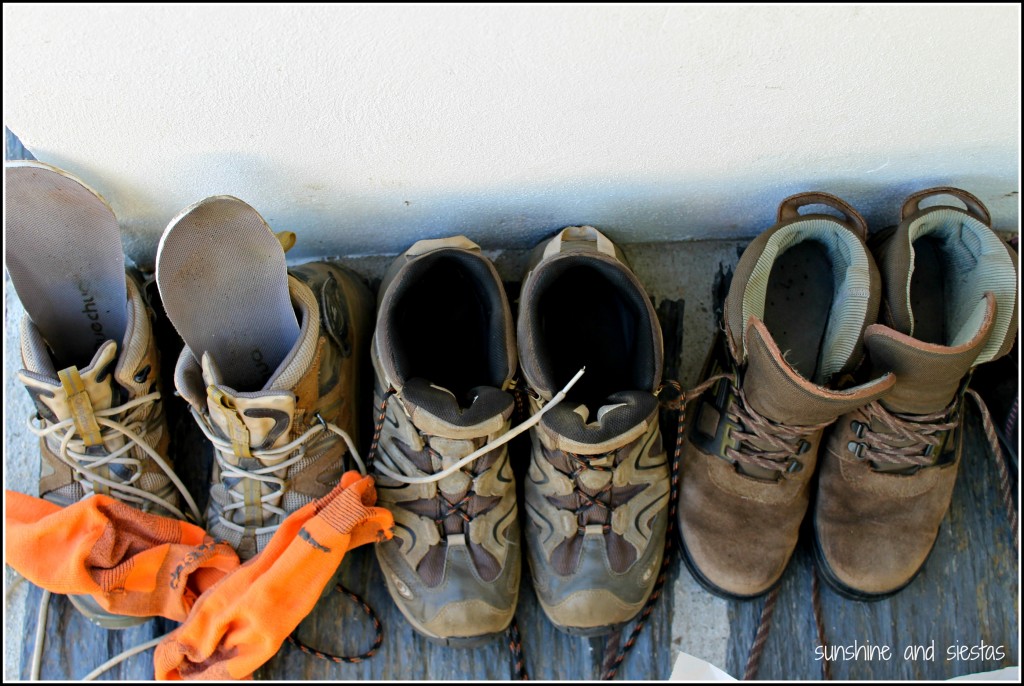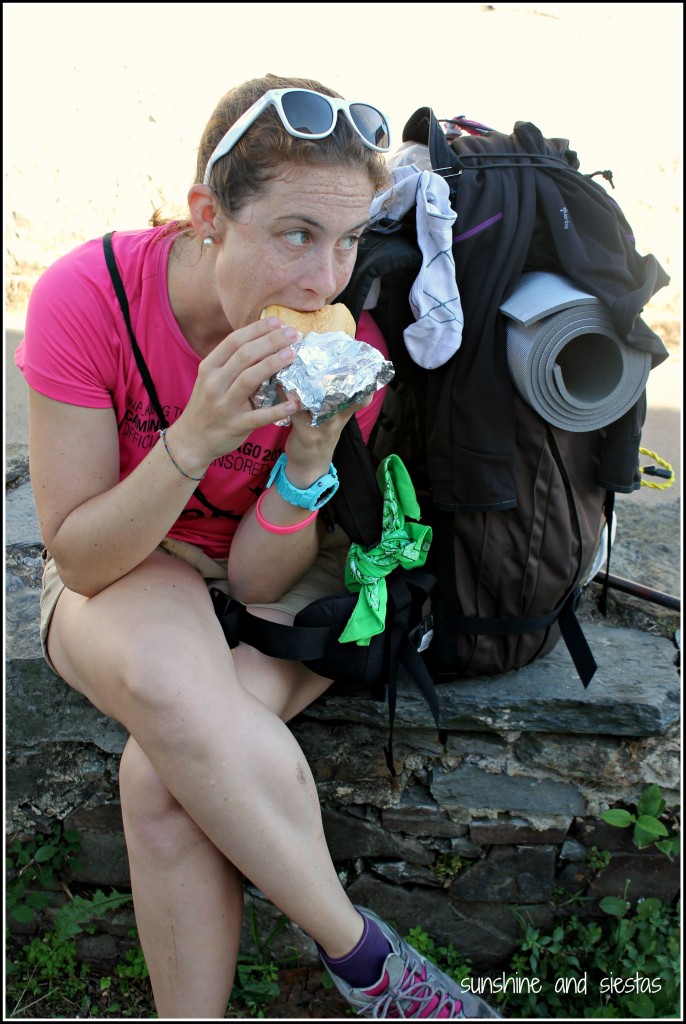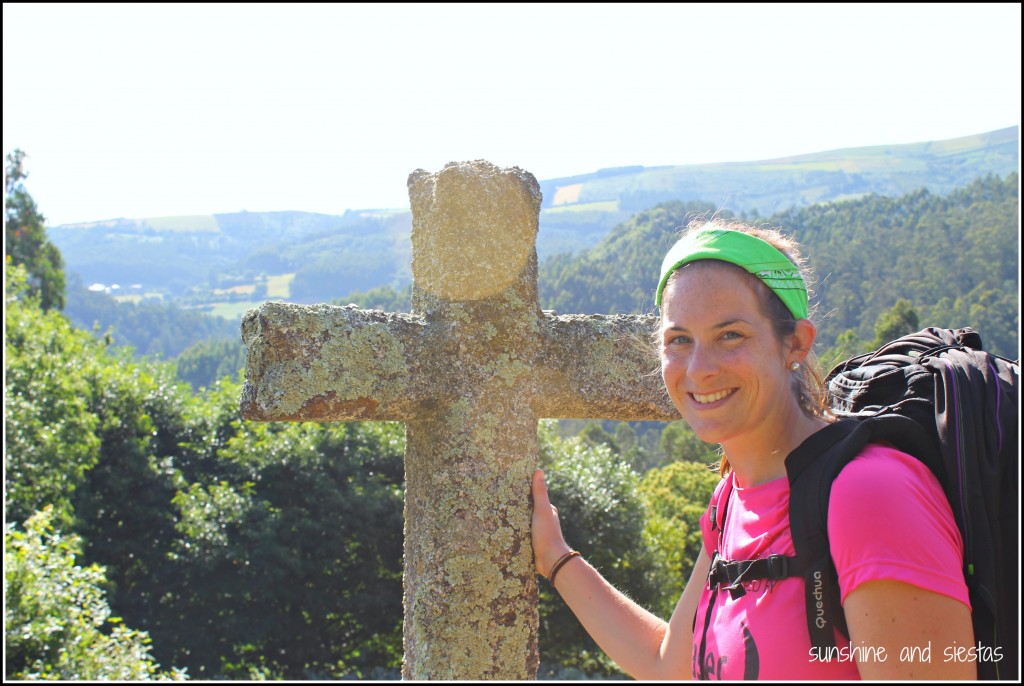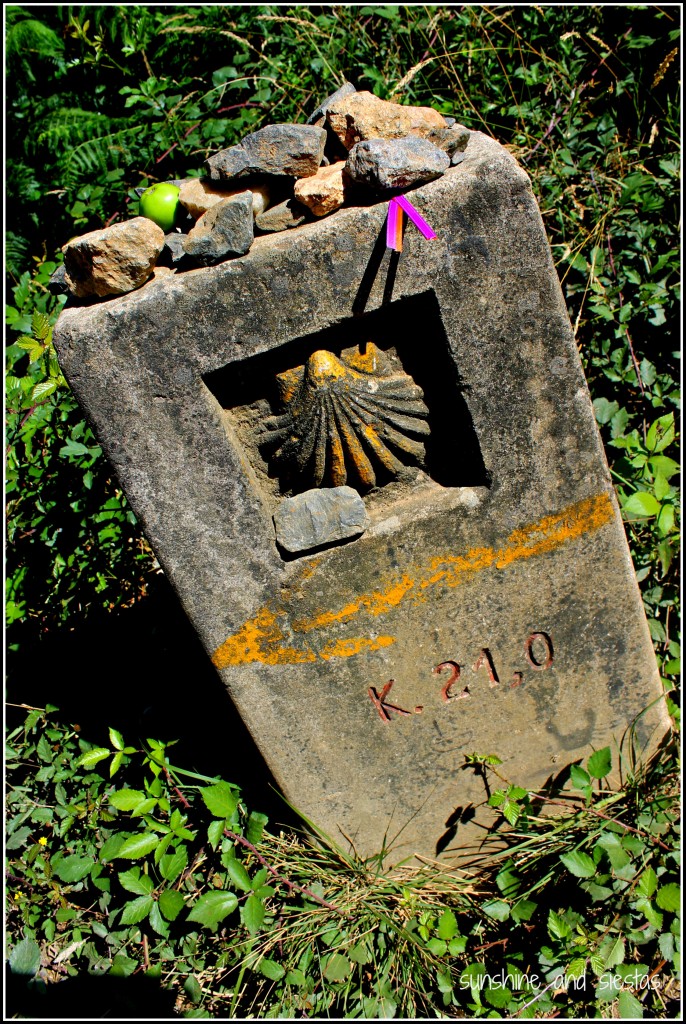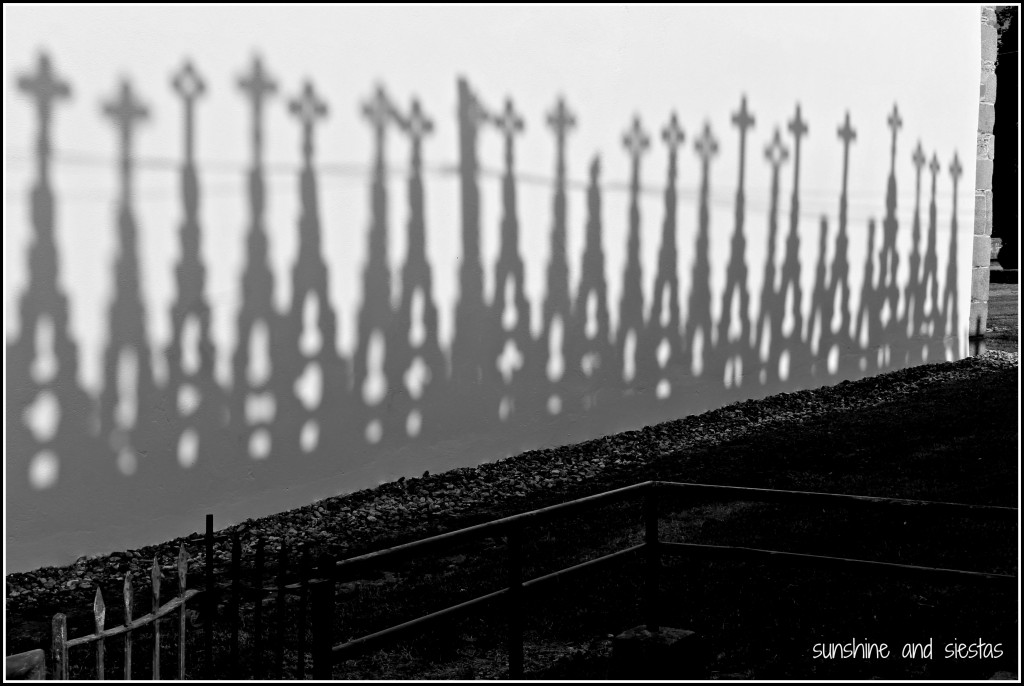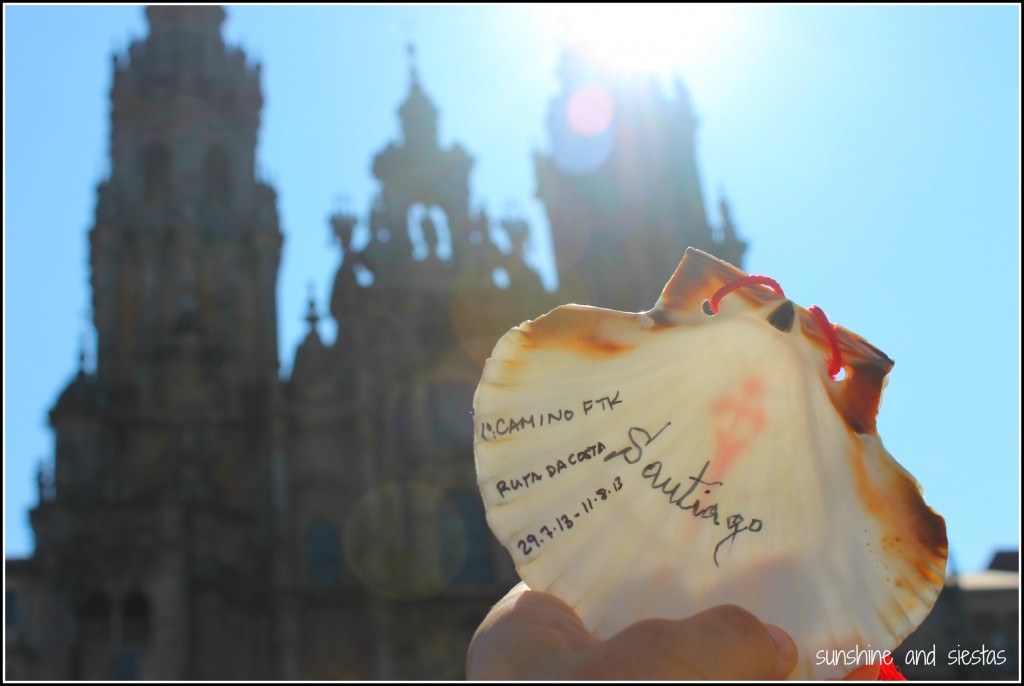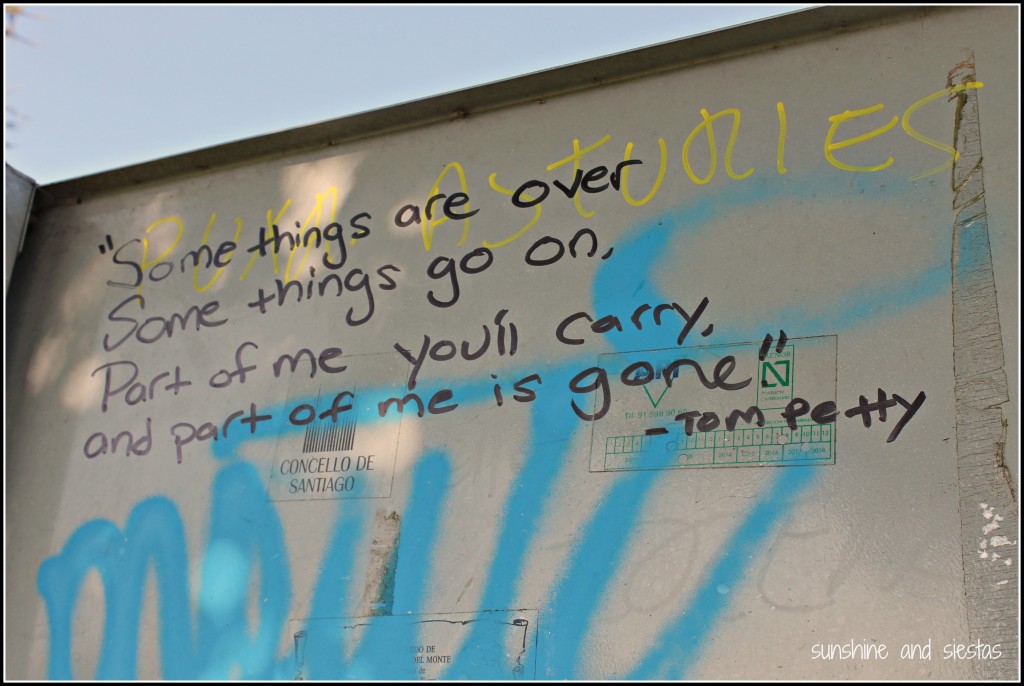Earlier this week, my friend Mar and I were enjoying a light breakfast (read: an entera with Iberian ham and tomatoes) in a small plaza right of Constitución. Our bare arms caught the morning chill as we chowed down, surrendering to the fact that Autumn has snuck up on us.
photo by kelly m. hollandFall is one of my favorite times in Seville – expat celebrations, the return to school and snuggling on chilly mornings for just a few minutes more (dios I sound like an abuela). When friends talk about coming to visit, I tell them that Seville is perfect for a holiday city break during this season:
Cheaper Accommodation and Flights
Look up any flight to Seville come October and want to hug your computer. I mean it. Not only is it cheaper to get to Southern Spain (or anywhere in Europe), but the hotels are a bargain, too. Using sites like Hotel Scan will net you savings of about 30-40% on average, making Seville a bargain for a long Fall weekend.
Do be aware that October 12th is Día de la Hispanidad (Spain’s take on Columbus Day when the Catholic Kings get most of the glory) and November 1st is Día de Todos los Santos Difuntos (don’t forget to eat your huesos de santos!), so hotels typically up their prices a weeeee bit.
A Multitude of Festivals
Seville and the surrounding cities hosts several different fairs during this time, including the Feria de Jamón in Aracena (Huelva), the Salon International del Caballo in tribute to the Andalusian horse breed and the biannual Flamenco celebration.
You can also take great hikes around the province, gather mushrooms and acorns in the Sierra Norte and Aracena and escape to the beaches without all of the crowds.
Less tourists, less lines
For whatever reason, there’s always loads of tourists in Seville when the weather is at its hottest. They flock the central part of town and fill the bars near the cathedral, but these tourists have also made the city one of the top destinations in Spain. This is great news for the local economy, but it also means you’ll wait in line at the bank and the Corte Inglés and even eating out can mean a wait for a table.
Opening hours are typically shortened in the afternoons, so take advantage of the early hours for sightseeing, and then use the afternoon to stroll off a huge lunch. Sandra of Seville Traveler made a perfect itinerary that’s catered towards the non-touristy months in the city.
Um, it’s not sweltering anymore, either.
Yeah, that’s the other thing – you can actually enjoy roaming the streets around Santa Cruz and Triana while still dining outdoors or having a drink at a terrace bar. temperatures are, on average, around 22 degrees in October by midday, cooling off in both the shade and at night so that you can actually sleep and not waste hours tossing and turning because it’s so freaking hot.
Fall is perfect in Seville, and even as I began to love and understand the rhythms of my new city, my friends warned me: if you love Seville in the Autumn, you’ll really fall for it in the Spring.
Have you ever visited Seville off-season?
